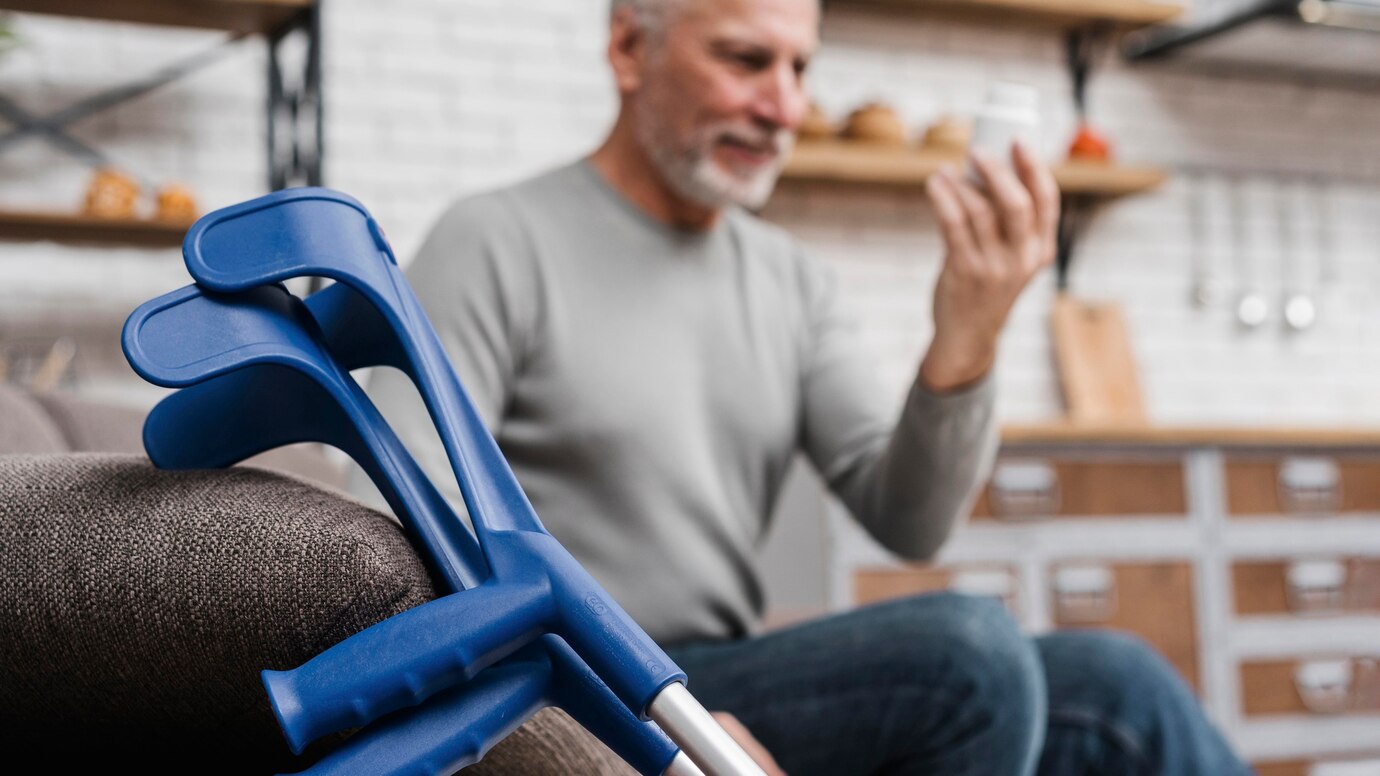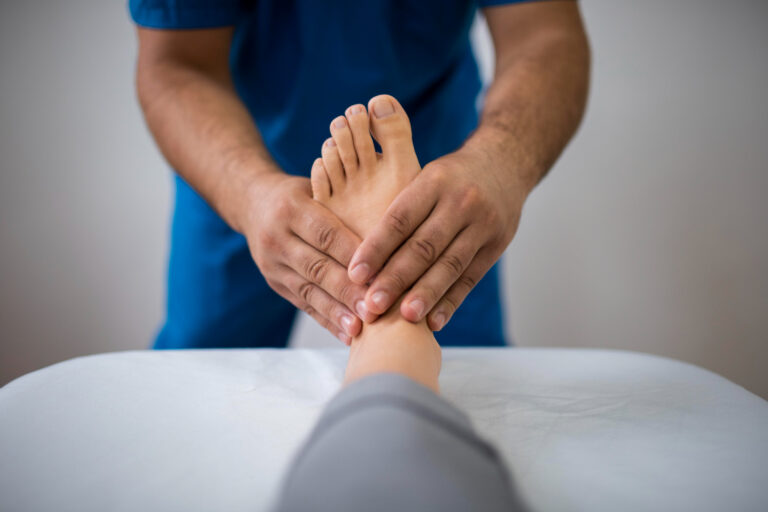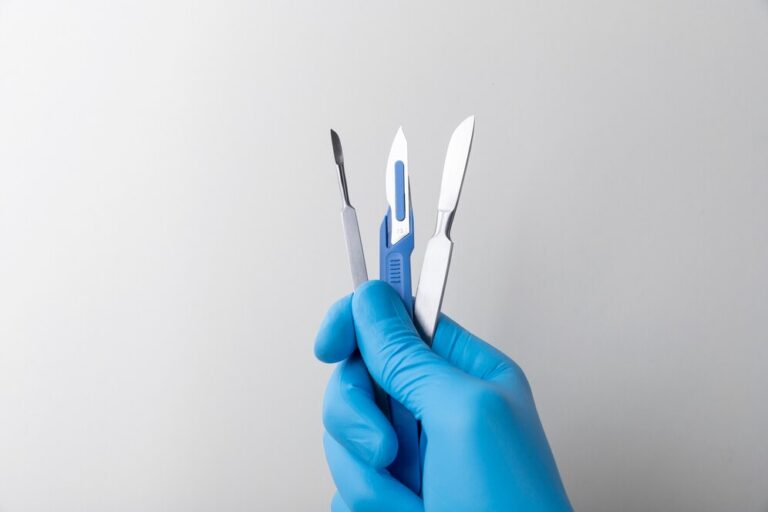Introduction:
Orthopedic surgery represents a significant step towards restoring mobility, alleviating pain, and reclaiming quality of life. However, the journey to recovery extends far beyond the operating table, encompassing a comprehensive rehabilitation process. In this guide, we explore the essential elements of orthopedic surgery recovery, offering practical tips and insights to empower individuals on their path to healing.

Understanding Orthopedic Surgery:
Orthopedic surgery encompasses a range of procedures aimed at treating musculoskeletal conditions, including joint replacements, fracture repairs, ligament reconstructions, and spinal surgeries. While each surgery is unique, they all share a common goal: to address underlying issues, restore function, and enhance overall well-being.
Preparation for Recovery:
Preparation is key to a successful recovery journey. before surgery, individuals should familiarize themselves with the procedure, understand post-operative expectations, and establish a support network to assist with daily tasks and emotional support. Pre-surgery exercises and lifestyle modifications, such as smoking cessation and optimizing nutrition, can also enhance surgical outcomes.
Pain Management Strategies:
Pain management plays a crucial role in facilitating recovery and improving quality of life. Following surgery, healthcare providers may prescribe pain medications to alleviate discomfort. It’s essential to take medications as directed and communicate any concerns or side effects promptly. Additionally, non-pharmacological approaches such as ice therapy, elevation, relaxation techniques, and distraction methods can complement pain medications and enhance overall pain relief.
The Role of Physical Therapy:
Physical therapy is a cornerstone of orthopedic surgery recovery, helping individuals regain strength, flexibility, and function. Early mobilization and range of motion exercises promote joint health and prevent stiffness. As recovery progresses, physical therapists guide patients through targeted exercises to improve strength, balance, and coordination. Functional training, focusing on activities of daily living, prepares individuals for a seamless return to their usual routines.
Returning to Daily Activities:
Gradual progression is key when returning to daily activities post-surgery. It’s essential to listen to your body’s signals, pacing activities accordingly, and avoiding overexertion. Adaptive strategies, such as assistive devices and environmental modifications, can support mobility and independence during the recovery process. Open communication with healthcare providers ensures that any concerns or setbacks are addressed promptly, facilitating a smoother recovery journey.
Nutrition and Hydration:
Proper nutrition and hydration are essential for supporting healing and optimizing recovery outcomes. A balanced diet rich in protein, vitamins, and minerals fuels the body’s repair processes and promotes tissue regeneration. Adequate hydration is equally important for maintaining hydration levels and supporting overall health.
Emotional Well-being:
Orthopedic surgery recovery can be emotionally challenging, often accompanied by feelings of frustration, anxiety, or depression. Establishing a support network of family, friends, and healthcare professionals can provide invaluable emotional support during this time. Engaging in activities that promote relaxation, such as meditation, mindfulness, or creative hobbies, can also help manage stress and promote emotional well-being.
Potential Complications and Warning Signs:
While complications after orthopedic surgery are rare, it’s essential to be aware of potential warning signs and seek medical attention if they arise. Common complications include infection, blood clots, and adverse reactions to anesthesia or medications. Symptoms such as fever, increased pain, swelling, redness, or difficulty breathing should be promptly reported to healthcare providers for evaluation and treatment.
Long-Term Recovery and Maintenance:
Orthopedic surgery recovery is not just about achieving short-term goals; it’s about laying the foundation for long-term health and well-being. Continuing with prescribed exercises, maintaining a healthy lifestyle, and attending follow-up appointments are essential for monitoring progress and addressing any lingering issues. Embracing a proactive approach to recovery ensures that individuals can enjoy the benefits of their surgery for years to come.
Conclusion:
Recovery from orthopedic surgery is a journey that requires patience, perseverance, and dedication. By implementing effective pain management strategies, engaging in targeted physical therapy exercises, and gradually returning to daily activities, individuals can navigate their recovery journey with confidence. With the support of a multidisciplinary team of healthcare professionals and a strong support network, individuals can emerge stronger, more resilient, and ready to embrace life to the fullest.



